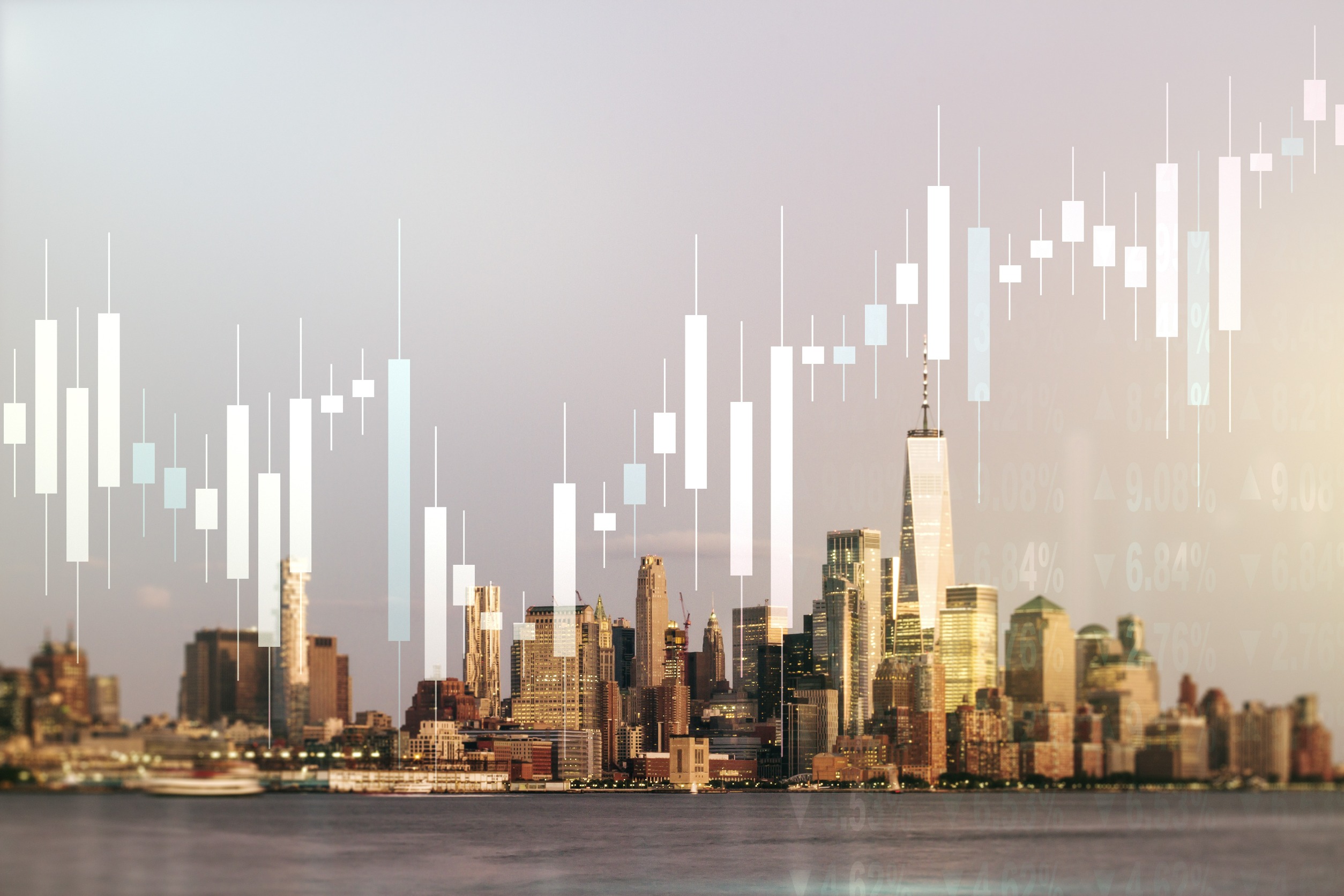Yesterday, I wrote a piece about the power of long-term investing in the stock market.
In the hypothetical case whereby somebody was the unluckiest possible person, and by that I mean they started investing right at the stock market peak on December 29th 2021, I tracked how their portfolio would have done.
If they had invested $1000 monthly since entering at that peak, they would have only been down $48 on a total investment of $1,500, a 3% loss. Not exactly a disaster.
Our unlucky investor, Bad Luck Brian let’s call him, is getting closer to breaking even on his hypothetical portfolio.
Stocks had a bumper day Wednesday, jumping 1.4%, and futures on Thursday morning, as I write this, are higher. European markets, which are open already given the time difference, are green across the board, with the pan-European Stoxx 100 index up 1% already.
The hypothetical portfolio is now down $27 or 1.8%.
It symbolises the continued recovery from the banking wobbles of the last few weeks, and also the rout across the board over the last year as a result of the tight monetary policy kicked off by the Fed as the world descended into an inflationary crisis.
Interest rate forecasts have flipped entirely
The sentiment has shifted massively as a result of the market forecasting a pivot off these higher interest rates sooner than was previously expected.
The below chart shows the difference in just a month regarding the interest rate forecasts.
Of course, this flip in forecasts is due to the banking sector creaking. History shows us that when interest rates rise, things break. This was the fastest hiking cycle in memory. It follows, therefore, that things were at risk of breaking. And now they have.
SVB went poof, with the turmoil then crossing the Atlantic to Europe, culminating in the stunning collapse of Credit Suisse, eventually forced into a shotgun marriage with UBS.
But the rocky waters have subsided, with the moves this week buoyed by the calm returning. This has been felt most keenly in tech stocks, the sector that is notoriously sensitive to interest rate rises and accordingly got slammed last year, the Nasdaq (IXIC) shedding over a third of its value while many names – Meta (Nasdaq:FB), Amazon (Nasdaq:AMZN), Netflix (Nasdaq:NFLX) etc – got pummeled a lot worse than that.
It follows that tech stocks have bounced up sharpest this week. The sweetspot of rate hikes slowing while banking fear subsides has been a nice little medicine these past few days. Amazon jumped 3% Wednesday, Netflix and Apple (Nasdaq:AAPL) over 2%.
The Nasdaq is now up 14.8% on the year, still a remarkable return, especially in light of the banking issues. The S&P 500 also crossed back above the 4,000 mark.
Long-term forecast remains cloudy
The long-term forecast remains murky, however. The threat of a recession remains real, with many analysts predicting it is only a matter of time before unemployment kicks in and growth slows.
But that is the issue – for inflation to come down towards the 2% target, that may be required. We have always known this, but the problem now is that the market is acting like the Fed is done raising rates. Does that mean that inflation will become the “new norm”, like the sight of social distancing signs in public places (seriously, is it not time to remove those?)?.
The yield curve remains ominously inverted as the market refuses to believe Powell and the Fed that hikes may still be coming, concluding that it just isn’t possible in light of events over the last month. The 10-year Treasury yield is at 3.57%, while the 2-year rate is at 4.09%.
And so the economy teeters on, continuing to avoid disaster at every major turn. The two final bosses remain, however: inflation and recession. Whether there is a way out of this without embracing one of those evils is yet to be seen. Time will tell.
The post Will there be a recession? Forecasts shift as banking turmoil subsides but inflation rages on appeared first on Invezz.

